The new season of ‘Star Trek: Lower Decks’ stays true to the show’s core
It still sucks to be a Starfleet ensign.

The following contains some spoilers for the second season premiere of ‘Star Trek: Lower Decks.’
The first season of Lower Decks was a pleasant surprise to many in the Star Trek fandom. What a lot of people had written off as Family Guy– or Rick and Morty-Trek ended up being a wholesome love letter to the history of the franchise. It was filled with plenty of low-brow humor, sure, but it also showcased characters who genuinely cared about each other and what they do. Thankfully, season two is more of the same.
Lower Decks takes its name from a season-seven The Next Generation episode that revolved around the lives of four ensigns, and the parts they played in a mission that only the bridge crew really understood the full scope of. It’s generally considered one of the best episodes of the franchise, which meant that anything that even vaguely referenced it had a lot to live up to. Luckily, Lower Decks creator and executive producer Mike McMahan was a big fan with deep knowledge of Trek. He is also the creator of the @TNG_S8 parody Twitter account, as well as a veteran of animated shows like South Park, Axe Cop and, yes, Rick and Morty.
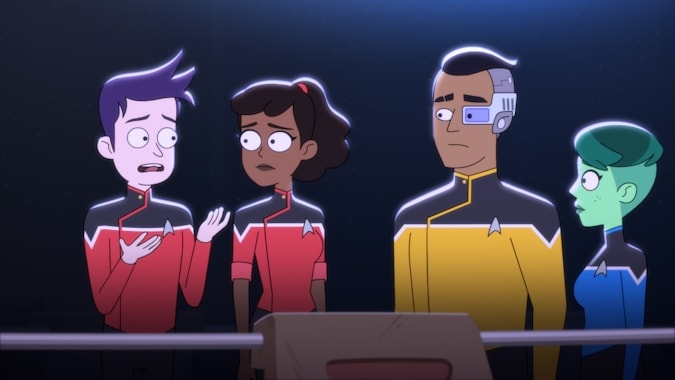
The conceit of a Lower Decks series was that the stories would focus on a core group of four ensigns on the USS Cerritos: Beckett Mariner, Brad Boimler, D’Vana Tendi and Sam Rutherford, also known as “beta shift.” There was a bridge crew, voiced by stars such as Jerry O’Connell and Dawnn Lewis, but their storylines would always be what’s going on in the background, and the ensigns wouldn’t always be privy to what’s happening with the ship.
Unlike the TNG episode, however, even the audience has been kept out of the loop on many occasions, with the ensigns even being forced to testify on their commanders’ behalf in an unexplained trial. (It turned out to be a party in honor of the senior officers, which confused our protagonists even more.)
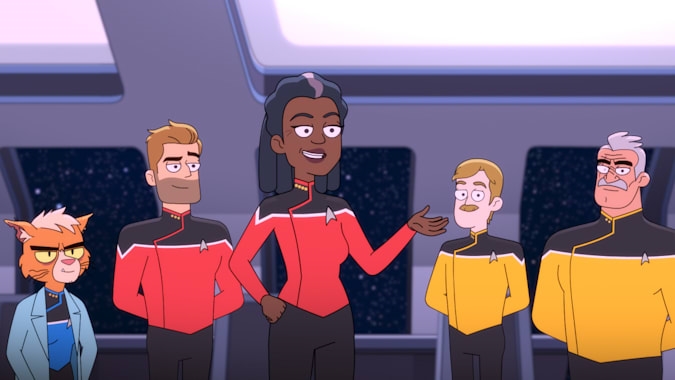
It’s a pretty great idea for a show, one that’s yielded hilarious results. But Star Trek doesn’t have a good track record of sticking to a concept. The majority of shows since TNG have started out as one thing and become something else over the course of their runs. All shows evolve, but the changes in Trek have been obvious and purposeful. Deep Space Nine was intended to be a “frontier outpost” type of show, showing the long-term relationship between the Starfleet and one of the planets it encountered, Bajor. By season three they were given a warship, and season four brought in TNG-veteran Worf and a war with the Klingon Empire.
Star Trek: Voyager operated on the premise of “what if a Starfleet ship was lost far from home?” And it stuck with that, sure, but it also continued to operate like any other Starfleet vessel over seven seasons, and the ship remained in surprisingly good condition despite the lack of spacedocks for repair — something that frustrated writer Ronald D. Moore and later spurred him to create the Battlestar Galactica reboot (the title ship was a wreck by the finale). They also ended up re-establishing contact with the Federation in later seasons, which dampened the whole “alone in a strange quadrant” theme.
Enterprise wasn’t even called Star Trek until its third season. But still, though it was a show that promised to show us the early origins of Starfleet and the Federation, the first two seasons got bogged down in a “Temporal Cold War” and later episodes brought in 24th-century-era baddies like the Borg and Ferengi.
The latest concept switcheroo was the premiere Paramount+ Trek show, Discovery. The producers touted it as the first series where the captain was not the main character, with the program focusing on Commander Michael Burnham instead. This sounded great in theory, as it could show us a different side of Starfleet. In practice, however, even if Burnham wasn’t the captain the entire universe seemed to revolve around her anyway: the mysterious “Red Angel?of season two turned out to be her mother (and her). The show ended up jettisoning its 23rd century setting after that, traveling to the 32nd century to a galaxy with a Federation in tatters. As of the end of season three Burnham became the captain anyway. So much for any Lower Decks-esque perspective on that show.
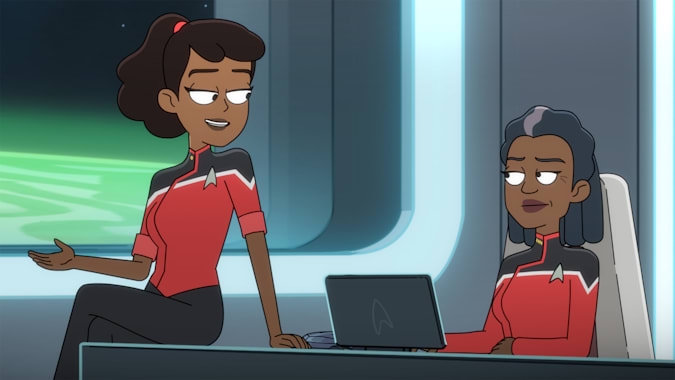
Season two of Lower Decks starts off a bit shaky in that regard — after the events of the last few episodes, Mariner is now BFF with the captain (who is also her mother) and Boimler is a bridge officer on the USS Titan. Neither of them feel like the scrappy underdog anymore. At least Tendi and Rutherford are still pretty minor players, though Tendi is alarmed at sudden changes in Rutherford’s personality and worries she may be losing his friendship.
The premiere finds Mariner having the carte blanche to go on any side missions she wants, and in one of these authorized-unauthorized missions she accidentally turns first officer Jack Ransom into a god-like being set on taking over a planet. The latter event is, at least, a pretty standard plot contrivance for Star Trek. Where Lower Decks stands apart is that as Ransom is threatening the Cerritos and banging away at its shields, the camera cuts to Tendi attacking Rutherford in a corridor, afraid that his new personality traits mean he’s suffering a serious disease, or that he just doesn’t like her anymore. The larger existential threat is background color in this scene (literally, as you can see rainbow beams blasting outside the window) while the show chooses to focus on the individual struggles of these two characters.
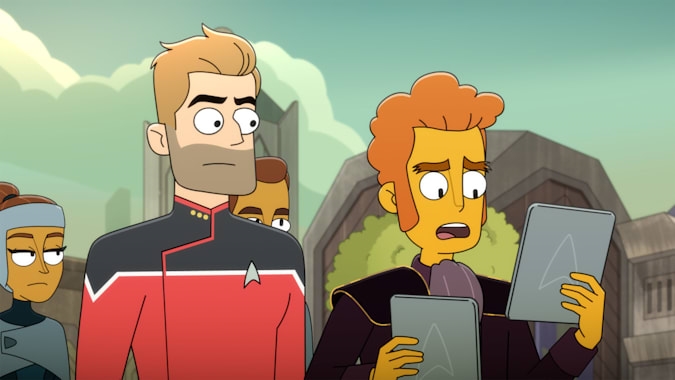
By the end of the episode Rutherford and Tendi sort things out, and even Mariner gets put back in her place, with the partnership between her and her mother dissolved and Beckett back in the brig. The only missing piece of the fabulous four is Boimler and well, he’s not having a great time on the Titan, because maybe things are a bit too exciting up on the bridge. The lower decks of the USS Cerritos are the still place to be, with season two off to a solid start.
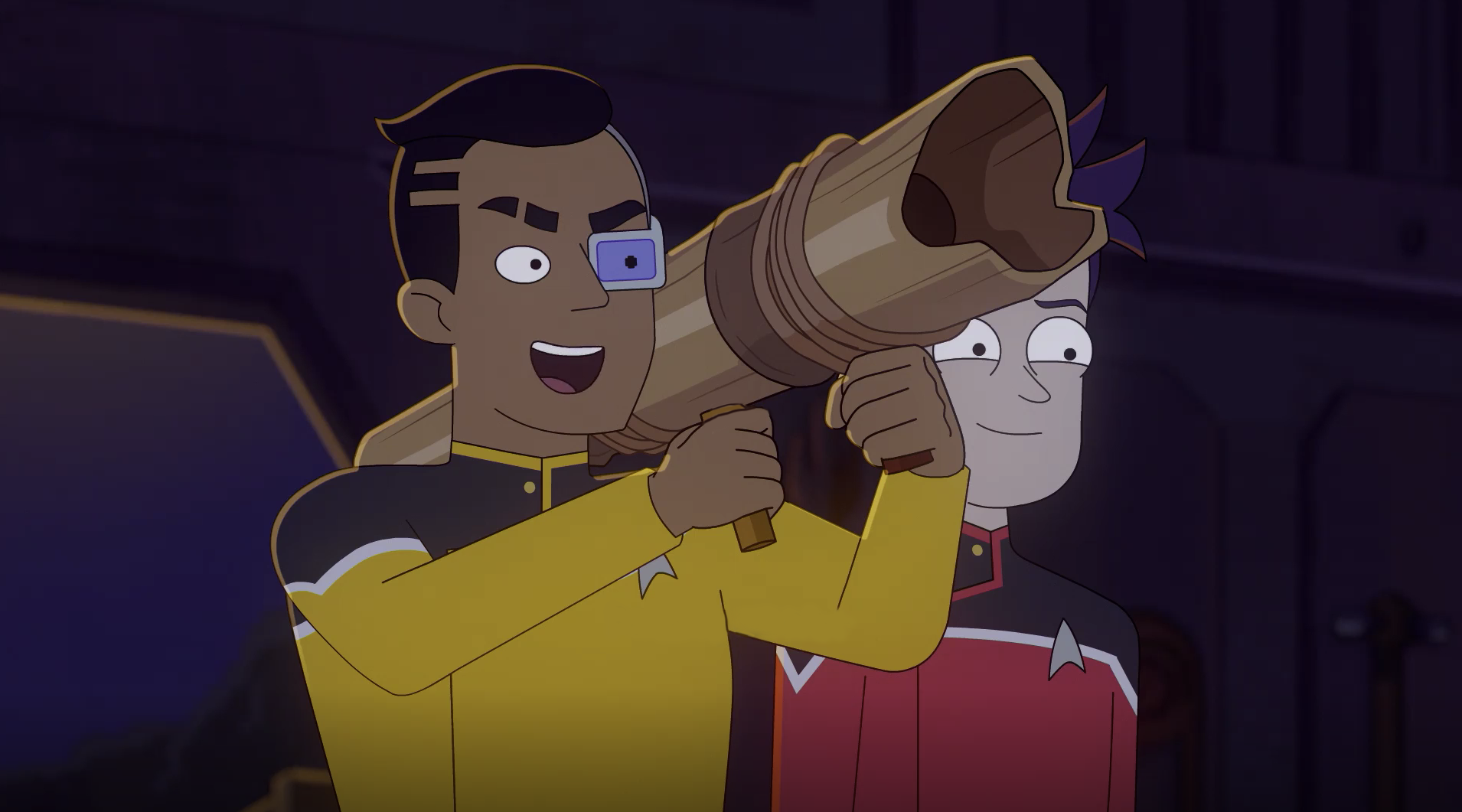
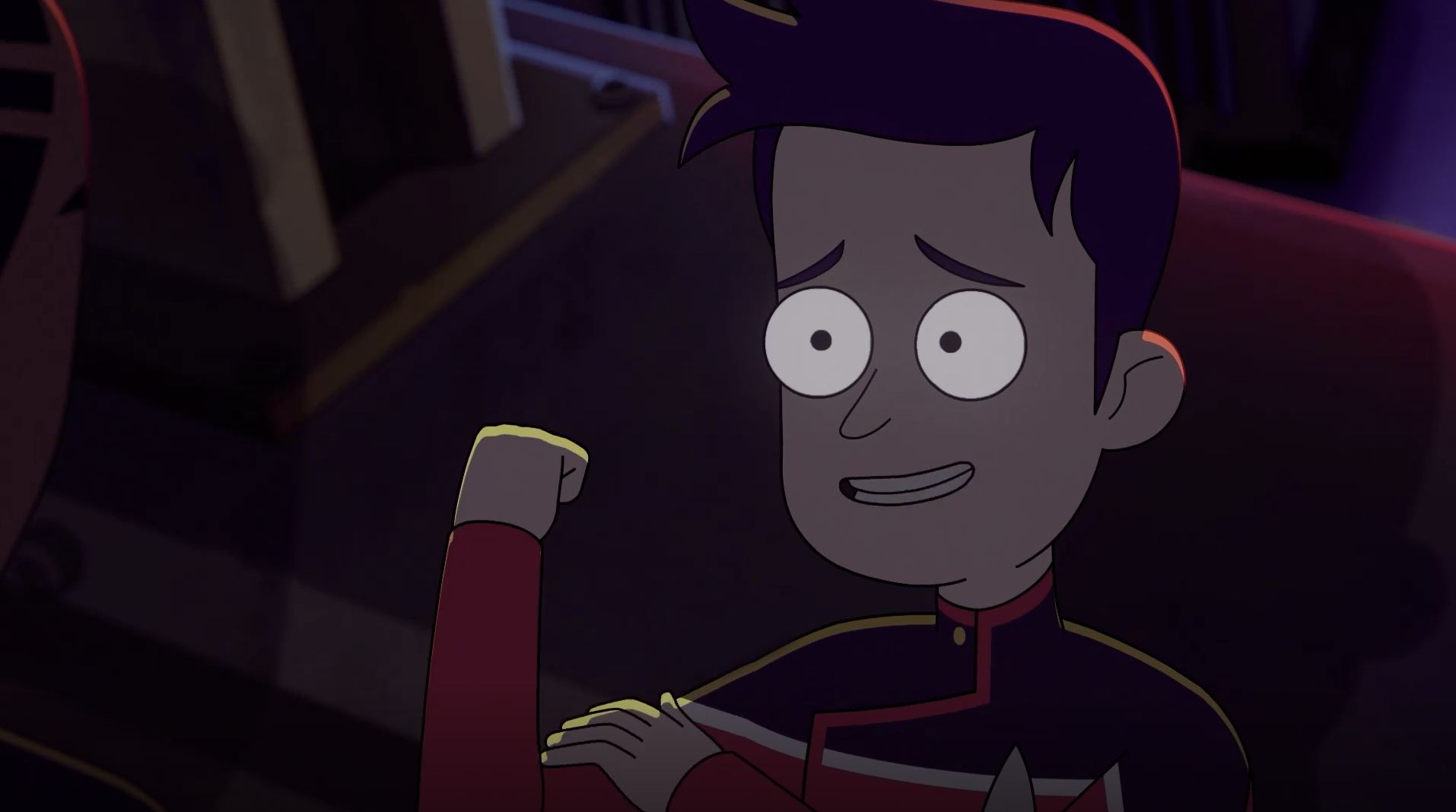
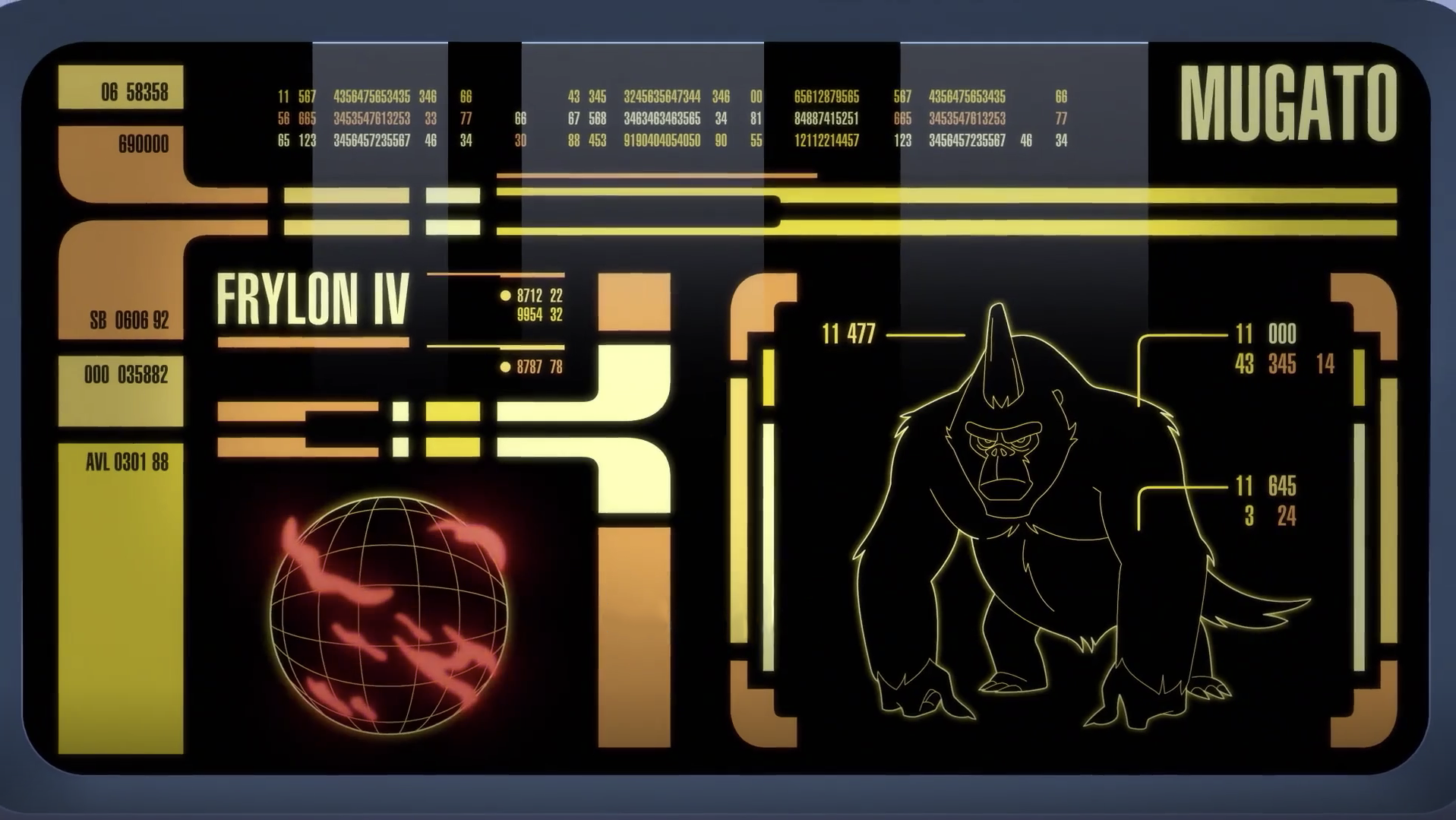
(31)